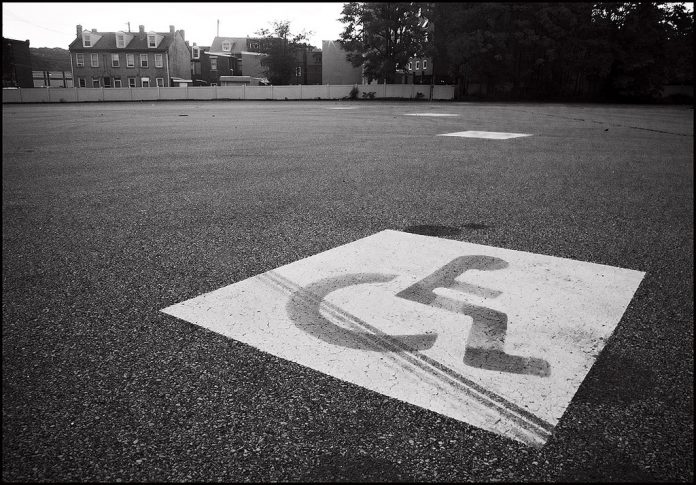Key products and services, such as smartphones, ATMs, ticketing machines and banking services, will be made more accessible to people with disabilities.
The European Accessibility Act (EAA), approved by Parliament with 613 votes to 23, with 36 abstentions on Wednesday, aims to improve the daily lives of disabled and elderly people, also opening the door for more innovation.
The new directive, provisionally agreed with the Council in November, set out requirements to make a number of products and services more accessible, such as:
Ticketing and check-in machines,
ATMs and other payment terminals,
PCs and operating systems,
Smartphones, tablets and TV equipment,
Consumer banking services,
E-books and dedicated software,
E-commerce services,
Air, bus, rail and waterborne passenger transport services, including real-time travel information.
The EAA outlines what needs to become more accessible, without imposing detailed technical solutions, thus allowing for innovation. Microenterprises will be exempted from some obligations.
“Built environment” where the service is provided
Accessibility requirements, for example with regard to ramps, doors, public toilets and staircases, currently vary across EU countries. In order to make the built environment progressively more accessible to disabled persons, member states are encouraged to align their requirements as much as possible.
“These long-awaited rules will make a big difference not only to the millions of citizens with disabilities, but also to a lot more people, such as elderly persons. A disabled person will soon be able to use self-service machines and everyday products such as computers, phones and e-books,” said Morten Løkkegaard (ALDE, DK) , who steered this legislation through Parliament.
“European businesses will also have more opportunities, since we were able to include public procurement in the Act and to introduce provisions that will unburden microenterprises. Consumers with disabilities now will have greater access to the digital economy, and innovation will still be possible,” he added.
The draft directive now needs to be formally approved by the Council and published in the EU Official Journal to come into force. Member States will then have three years to introduce the new provisions into their national laws, and six years to apply them. Transitional periods are foreseen for specific situations.

